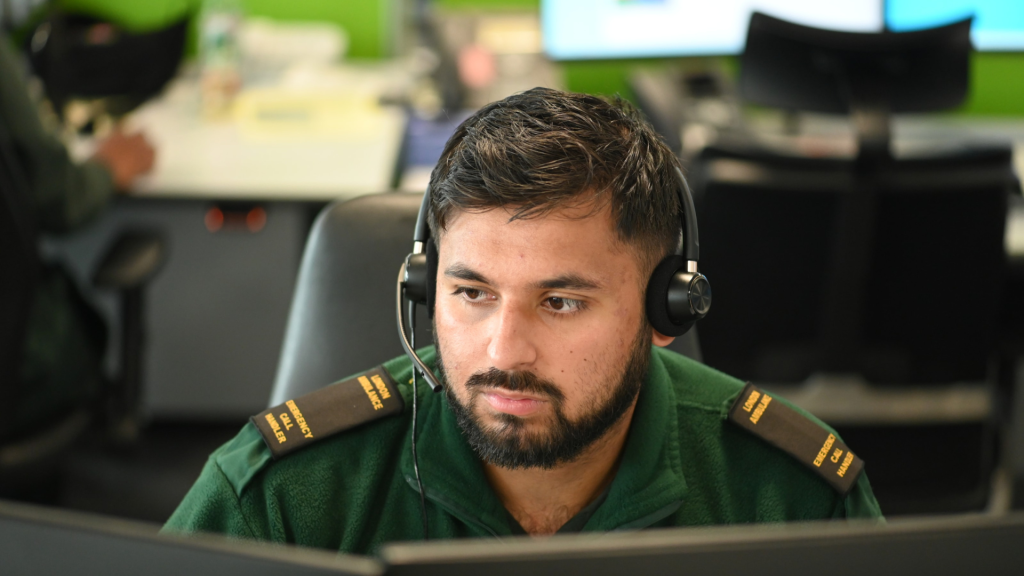London Ambulance Service’s response times for reaching the most serious emergencies in April were the fastest they have been for several years, according to new figures released.
Ambulance crews reached ‘Category one’ patients – people with life-threatening conditions such as those who are not breathing or whose heart has stopped – in the quickest time since April 2022 according to the Ambulance Quality Indicators published by NHS England.
For ‘Category two’ calls – serious medical emergencies requiring prompt treatment such as a stroke – response times were the fastest since June 2021. This was more than seven minutes faster compared to April last year as London Ambulance Service continues its focus to drive down response times.
“Although the pandemic might feel like an increasingly distant memory, the demand for our services has only continued to grow and we have had to make huge efforts to improve our response times to get them back to where they should be. Today’s figures are testament to a great deal of hard work by our staff and collaboration with partners in the NHS in London.
“We know there is further to go to meet our national targets again, but we are heading in the right direction. We will keep innovating to better our performance and are keen to maximise the opportunities of the government’s reform of the NHS to help us get back to where we need to be and offering the service Londoners expect.”
Daniel Elkeles, Chief Executive, London Ambulance Service.
The response times have been achieved despite 999 call volumes remaining consistently high in recent years.
One of the ways the response times have been reduced is by maximising the use of ‘hear and treat’. This is where clinicians provide medical assessments to patients over the phone to refer them to the most appropriate care pathway and avoid people going to busy hospitals when it’s not necessary.
This has freed up thousands of hours for ambulance crews and reduced the time it takes for paramedics to reach other patients. Almost one in five patients was treated this way last month and was the highest rate in the country.
And London Ambulance Service has worked closely with hospitals to make sure patient care is properly handed over within a maximum of 45 minutes so ambulance crews can get back to patients who need help in the community. The service has also increased the number of staff out on the road and in control rooms at peak times.
To read similar articles, check out our Frontline channel.
